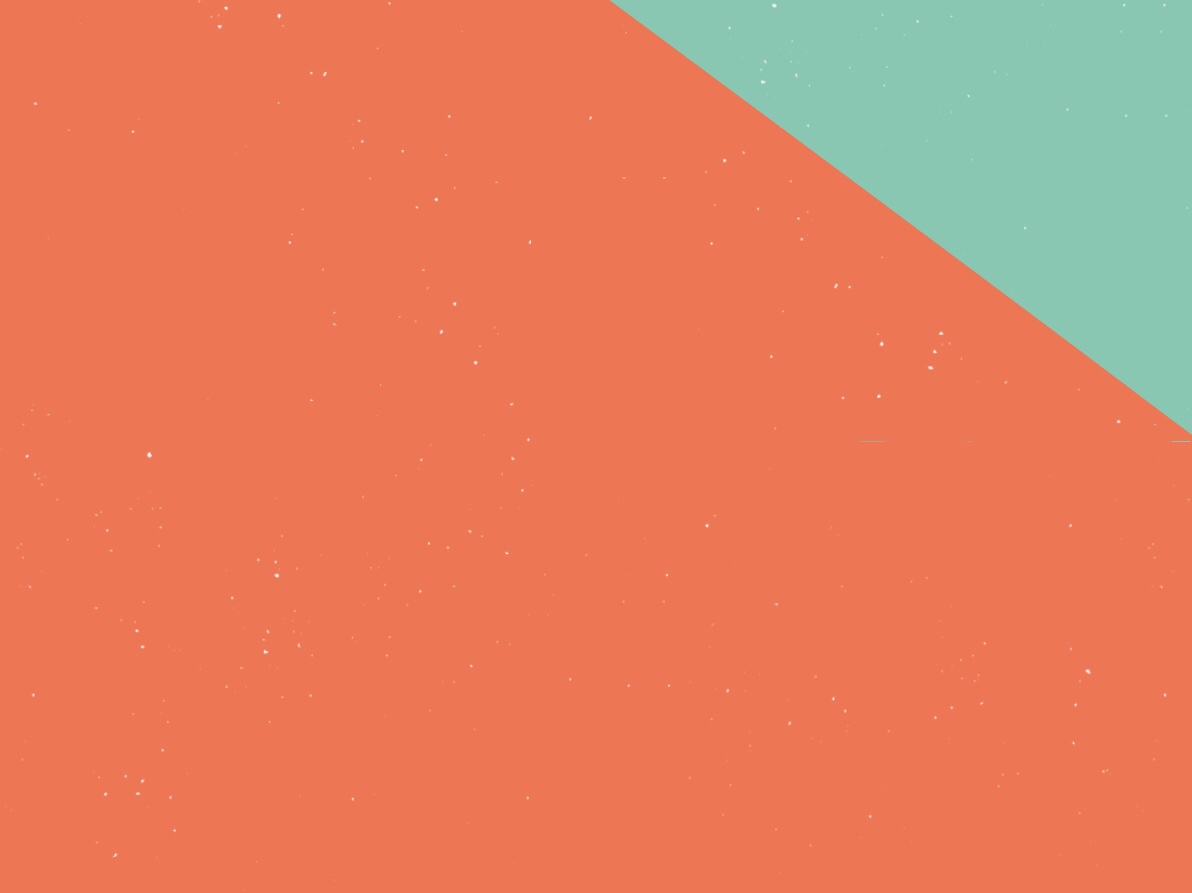I was emailing with Aaron Young tonight about his digital garden and why I like to follow RSS feeds for digital gardens.
Blogs these days are too polished and people don’t post enough on them. Old blogs used to be much more experimental and something that folks posted to multiple times a day without giving it a second thought.
Now public digital gardens are much more interesting, IMO. People capture what they are researching, working on, and thinking about, and I usually find RSS feeds for peoples digital gardens much more interesting than I find their blogs.
There is a much higher rate of discovering new things and interesting ideas in digital garden feeds than blog feeds. People generally write blogs for others first, whereas they write digital gardens for themselves first, and that is where the magic is 🪄
Sadly, a lot of really cool digital gardens don’t have RSS feeds. They should. Think of it as an interop layer for your notes, allowing not only you to make connections between your notes, but other people to make connections, too. They should have pingbacks or webmentions, too, so you can see those connections and links.
I’ve added all of this to notes.cagrimmett.com, my digital garden built on WordPress. Still, lots to improve there. I view it as a long-term project, something I want to exist for the rest of my life and hopefully beyond it, and I make it just a little bit better every day. I need even more interop on there as well, essentially being able to publish there from every other tool I use. I’ll get there.







